Mountains are marvellous entities and natural wonders on this earth. These upland geographical features attract us effortlessly by their beauty, magnificence and majesty. Mountains covers a significant landmass in almost every continent and very often form gigantic parallel ranges connected by ridges and valleys. The famous mountain ranges of the world include the Himalayas, Alps and Rocky mountains. Besides the grandeur and breathtaking beauty, mountains are the hotspots of planet’s spectacular biodiversity. Mountains offer us eternal peace, wilderness, spiritual enlightenment, and nestled centres of our pilgrimage, faith and devotion. These are also christened as water towers of world and perennial rivers originating from the mountains supports a large population in the downstream areas. Many civilization of world evolved along these rivers. Even in the present age, when people get fed up and fatigued from the fast, and mechanised life-style of metropolis or cities, they rush to mountains and hinterlands in search of natural ambience, fresh air and soulful tranquillity. Definitely, mountains present its natural wealth to the visitors open handed and rejuvenate their mind and body with new energy. Altogether, mountains’ embodies multiple dimensions of mystery, religious sanctity, rich traditions and vibrant culture. These are amongst the nature’ best creation. Thee kaleidoscopic view of their amazing landscapes, rendezvous of soaring summits with sky, meandering mountainous rivers, verdant woods, and picture perfect scenes instil the heart with unfathomable joy. Nature enthusiasts has expressed their infatuation towards mountains in beautiful words and quotes like “Mountains are calling and I must go” or ‘‘those who travel to mountaintops are half in love with themselves and half in love with oblivion.’’

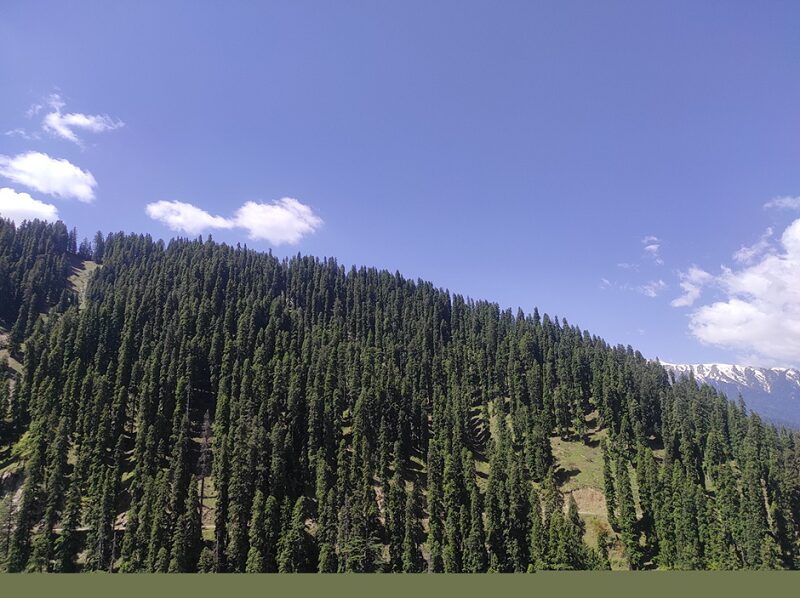
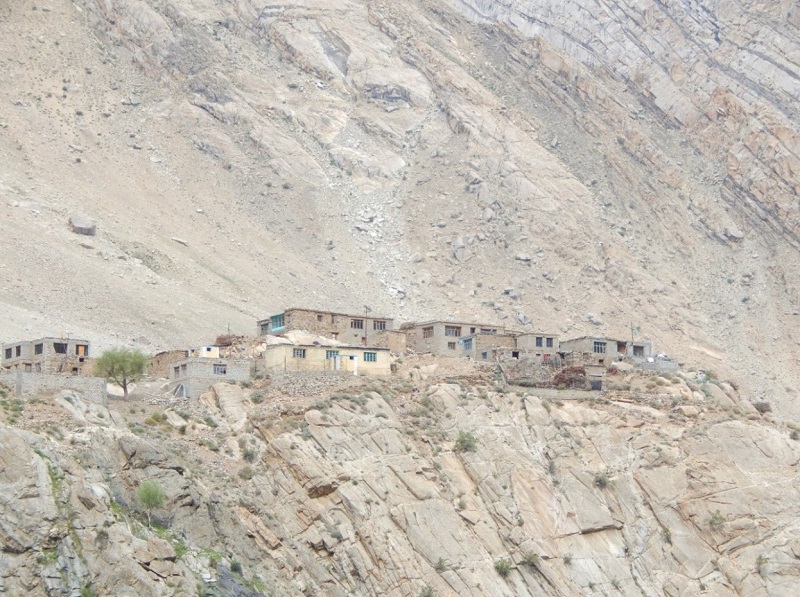
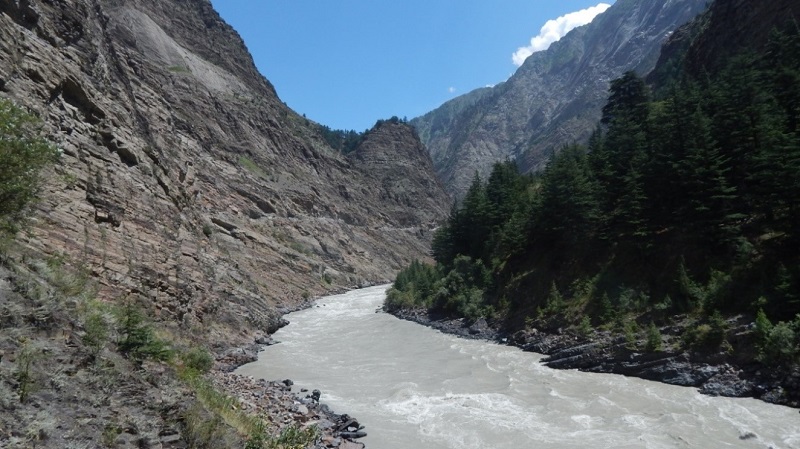
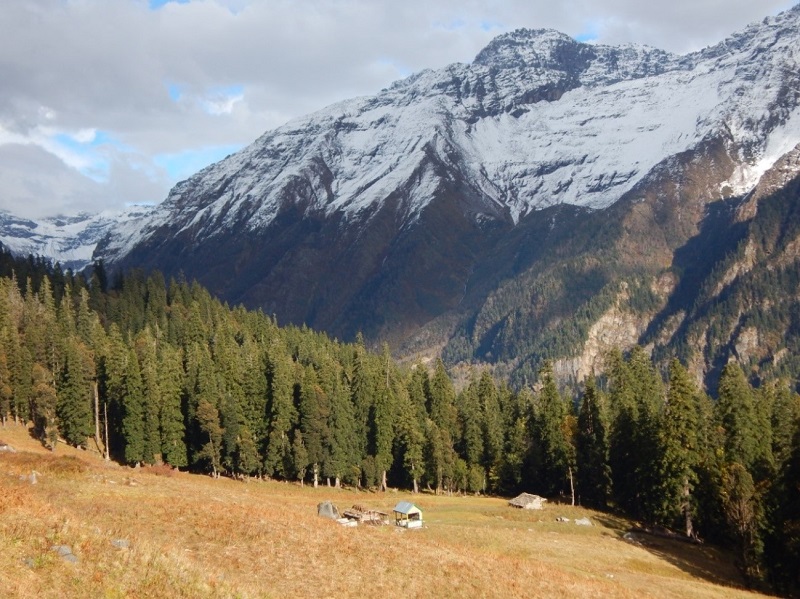


Since ages, mountains are in constant service of humans in myriad ways and providing countless ecosystem services. Unfortunately, in the present scenario mountains across the globe are threatened and so is the life of native communities inhabiting these areas. Today, climate change is impacting every aspect of life on the earth and mountains are no exception. Mountain ecosystems are very sensitive and vulnerable to natural and anthropogenic changes. The Himalayan Mountains are at more risk due to its geo-technic characteristics and still-evolving feature. During past few years, the glaciers have been reported melting fast across the Himalayan region. Likewise, the occurrence of extreme climatic events like cloudbursts, prolonged dry spell, less snow and excessive rains, landslides, flash floods, etc. are also on the rise. Evidently, there has been a dramatic shift in the water regime across the Himalayas. At the regional level, if we correlate, the bitter memories of the cataclysm caused by unprecedented rains in hills of Himachal Pradesh and Uttrakhand will not fade for long. The rains came like bolt from the blue and caused havoc all around. The spell of continuous rains triggered large-scale landslides, uprooting of tress, damaged vehicles, disrupted local road network, collapsed buildings and claimed many precious lives.
To some extent, hilly regions in the Himalayas have also the bear brunt of the overexploitation of its resources by human beings. During the process of development, urbanization and modernization, we harnessed the natural wealth in hilly regions without any checks and balances. Excessive pressure has been put on the limited land sources to support the burgeoning population, commercial activities, construction of road networks and infrastructure development.

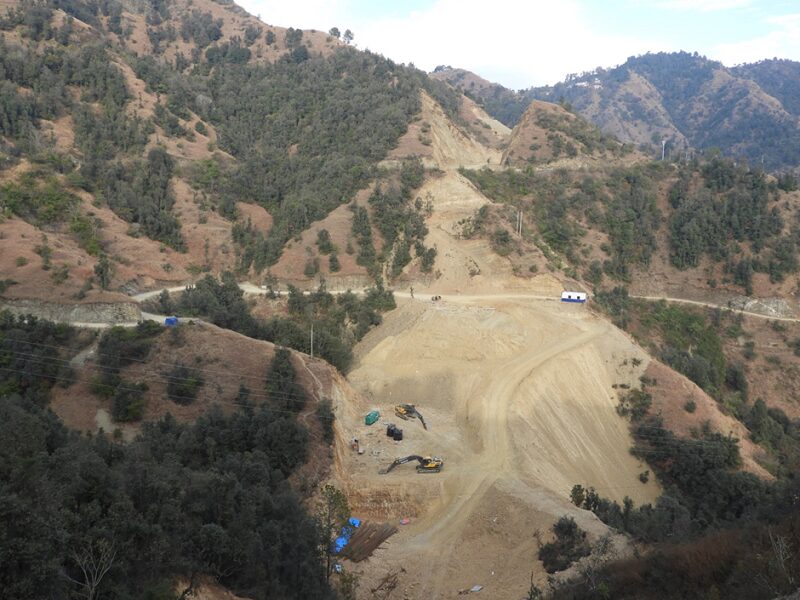
The mountain ecosystem represents many things together including the catchment forests, glaciers, mountain soils, terrestrial biodiversity, water bodies, wetlands, etc. These different elements are seamlessly interconnected and require to be in perfect ecological balance. It is but natural that the impending danger of climate change on larger landscapes is equally perilous at regional levels. The carrying capacity of hilly regions across the Himalayas has surpassed. To fulfil his endless needs and greed, human beings exploited essential components of the mountain ecosystem recklessly and thus put the entire ecosystem in danger. Therefore, it is time to pause, think, and act for the restore the various components of the Himalayan ecosystem.

With over 15 years of experience in Forest Ecology, Soil Analysis, and Herbarium methods, Dushyant Kumar, from Himalayan Forest Research Institute (HFRI), Shimla, has published research and technical papers related to Plant diversity, Forest Soil Properties and Medicinal plants.
Preferring to stay close to nature life cycles, he is a staunch supporter of sustainable management of nature’s resources of forests, land and rivers.




Compelling insights! This blog post eloquently addresses the profound impact of modernization on mountains, shedding light on the challenges faced by these majestic landscapes while urging readers to consider sustainable coexistence.